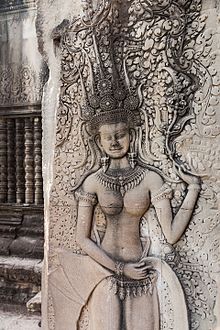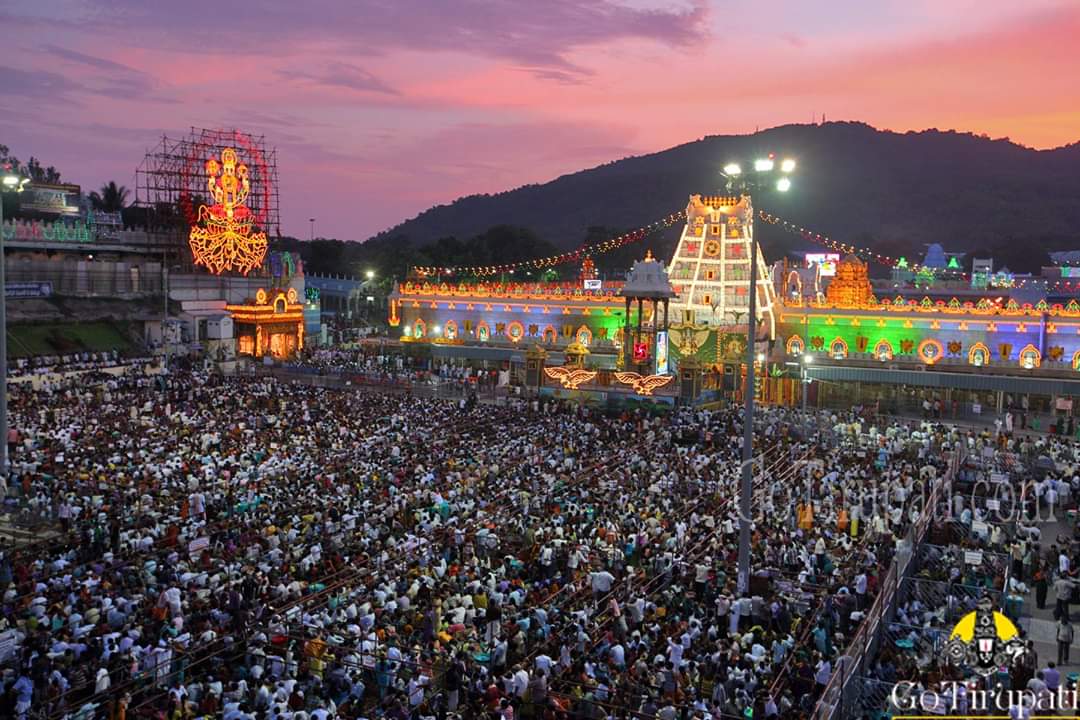In order to understand this, one needs to know about the symbolism of "Agni" (fire) and "Āpa" (water) that permeates Hindusim.
It can either deconstruct the stimulus down, exposing it as an illusion (Agni").
Or it can be nourished by that stimulus and be carried forward ("Āpa").
As one progresses in meditative capacity, one needs to know which capacity he is developing. This lets one measure one's progress.
"Agnirvā apāmāyatanam, Āyatanavān Bhavati
Yōgnērāyatanam vēda, Āyatanavān Bhavati
Āpō va agnērāyatanam, Āyatanavān Bhavati"
A false shower of rain is like an Apsara ruining the penance of a Yōgi trying to align himself with the Ṛta.
Such a teacher usually maintains strict celibacy. Indian epics mention many such teachers: Dattātrēya, Paraśurāma, Bhīshma.
The celibate nature of Śāsta is central to this specific Sampradāya.
Orthodox Jews have quite similar practices as certain Shaivaite sects.
Why should a secular government torment people following such religions, by poking in religious matters ?


















